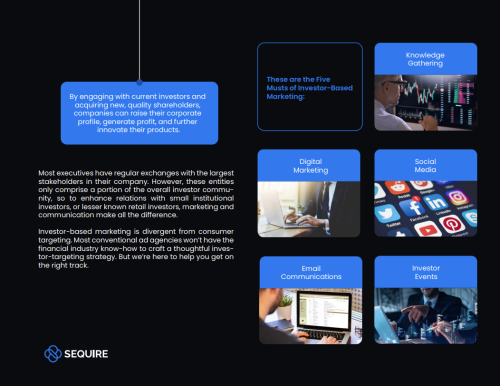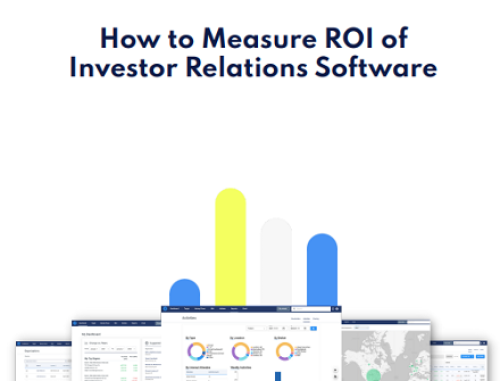Things are moving, things are interactive – everything is competing for attention
Along with 33 examples, four points on messaging, three style rules and one pink cowboy hat
IR videos have become their own genre, with stylistic variations from big-budget Hollywood and quirky independent to guy-in-his-office-talking-into-his-iPhone. CEO videos are today’s version of the annual shareholder’s letter, and they’re increasingly produced to show along with earnings results. Closely related is the annual highlight reel, with sub-genres including employee tell-alls and feel-good sustainability stories. Some corporate videos have even emerged into mainstream
You need to register to access 3 free deep dive articles per month. To continue reading please register or login below..
- Unlimited deep dives
- Data-driven research around key topics
- Buy-side insights
- Benchmarking reports
From
$1495










